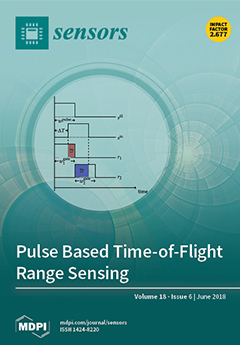Continuous monitoring of natural human gait in real-life environments is essential in many applications including disease monitoring, rehabilitation, and professional sports. Wearable inertial measurement units are successfully used to measure body kinematics in real-life environments and to estimate total walking ground reaction forces
[...] Read more.
Continuous monitoring of natural human gait in real-life environments is essential in many applications including disease monitoring, rehabilitation, and professional sports. Wearable inertial measurement units are successfully used to measure body kinematics in real-life environments and to estimate total walking ground reaction forces
using equations of motion. However, for inverse dynamics and clinical gait analysis, the
of each foot is required separately. Using an experimental dataset of 1243 tri-axial separate-foot
time histories measured by the authors across eight years, this study proposes the ‘Twin Polynomial Method’ (TPM) to estimate the tri-axial left and right foot
signals from the total
signals. For each gait cycle, TPM fits polynomials of degree five, eight, and nine to the known single-support part of the left and right foot vertical, anterior-posterior, and medial-lateral
signals, respectively, to extrapolate the unknown double-support parts of the corresponding
signals. Validation of the proposed method both with force plate measurements (gold standard) in the laboratory, and in real-life environment showed a peak-to-peak normalized root mean square error of less than 2.5%, 6.5% and 7.5% for the estimated
signals in the vertical, anterior-posterior and medial-lateral directions, respectively. These values show considerable improvement compared with the currently available
decomposition methods in the literature.
Full article






